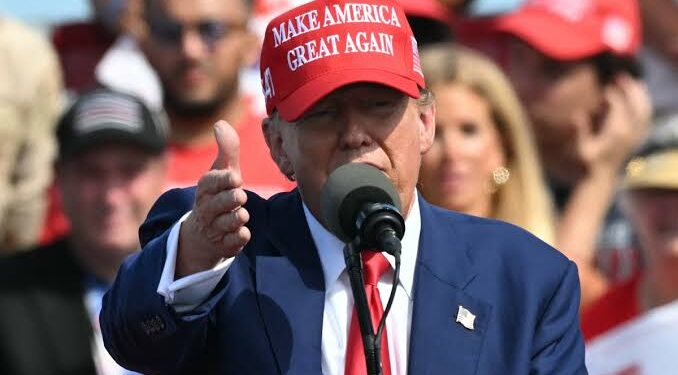A potential second term for former President Donald Trump may precipitate a significant surge in global inflation, according to erudite analysis from leading economic experts. Trump’s economic agenda, characterized by high tariffs and low taxes, may precipitate a substantial increase in costs worldwide, thereby reigniting inflationary pressures.
Michael Metcalfe, a renowned macro strategist, notes that the inflationary impact of Trump’s policies would be more pronounced in a second term due to the current economic landscape, which is marked by higher inflation levels and elevated inflation expectations. “The prevailing economic conditions, characterized by a robust labor market and rising wages, may exacerbate the inflationary effects of Trump’s policies, leading to a potentially more pronounced impact on consumer prices,” Metcalfe explains.

Experts caution that a second Trump term could lead to higher price rises both domestically and internationally, with far-reaching implications for consumers, businesses, and the broader economy. High tariffs, a hallmark of Trump’s economic agenda, are typically seen as inflationary, as they increase the cost of imported goods and enable domestic producers to raise their prices, thereby reducing consumer purchasing power and potentially dampening economic growth.
While President Joe Biden has also signalled his intention to raise tariffs on China, experts believe that Trump’s protectionist stance would lead to higher inflation, potentially offsetting the benefits of economic growth and jeopardizing consumer confidence. A recent survey of economists suggests that the majority expect inflation to rise under Trump due to his protectionist policies, which may lead to a decrease in consumer spending and a concomitant decline in economic activity.
The potential inflationary impact of a second Trump term has also been noted by leading financial institutions, which warn that higher tariffs and tax cuts could lead to stagflationary pressures, supply chain disruptions, and higher interest rates, potentially culminating in a decrease in investor confidence and a concomitant decline in financial markets.

















